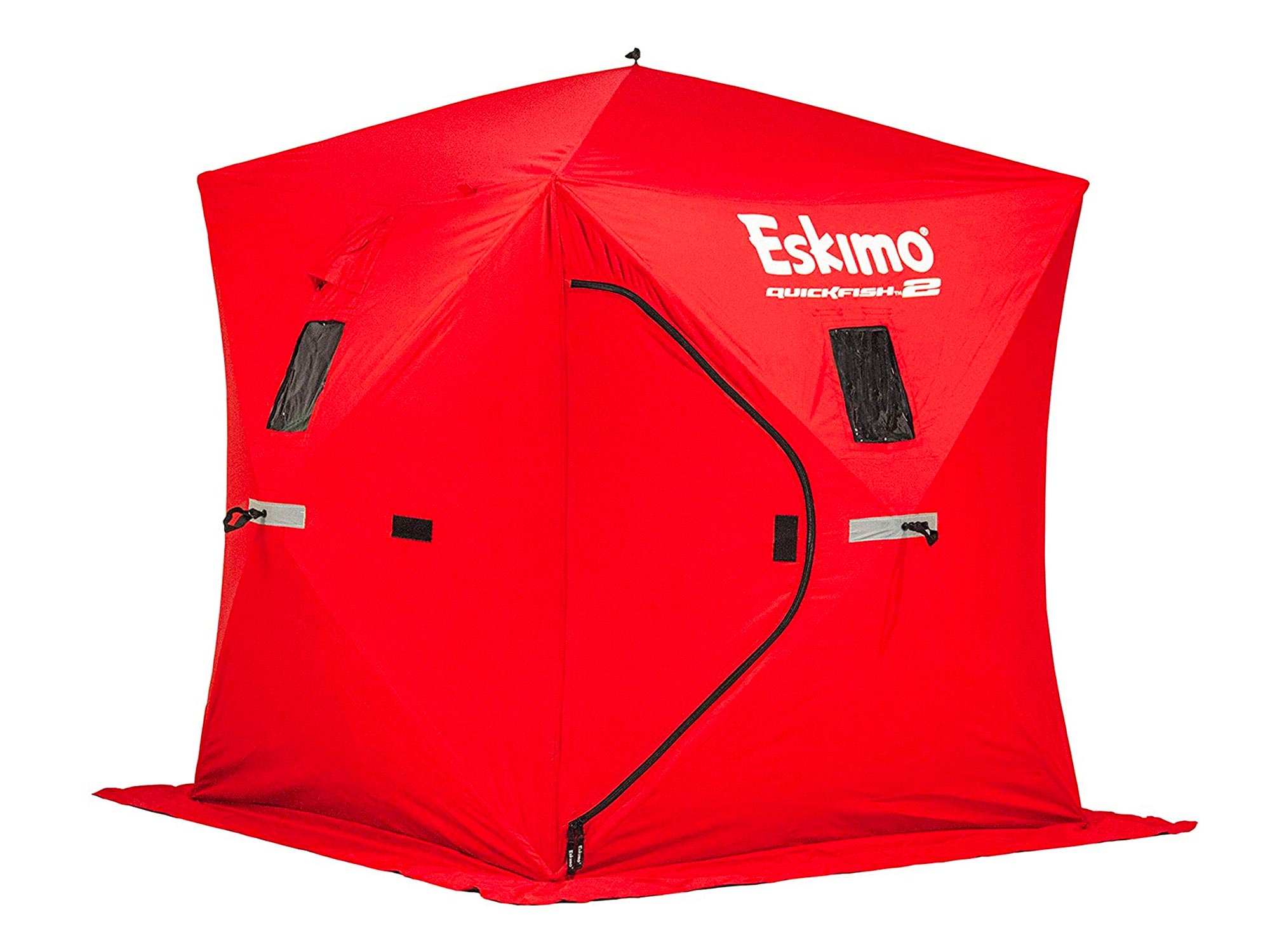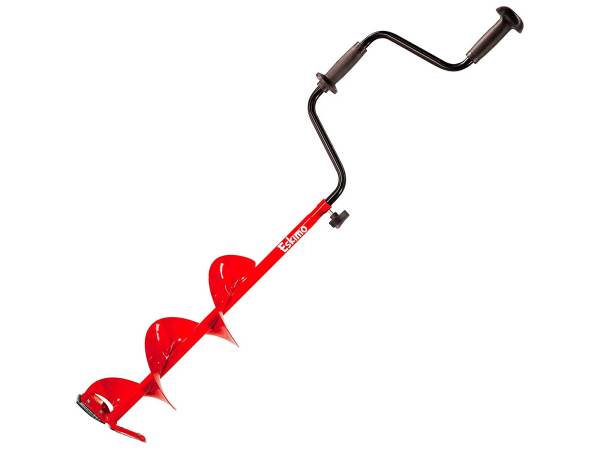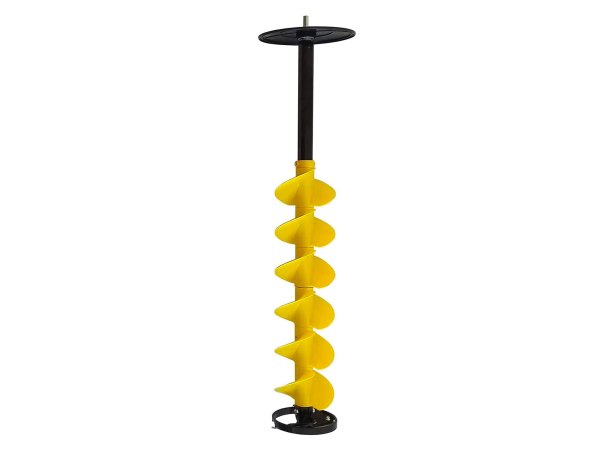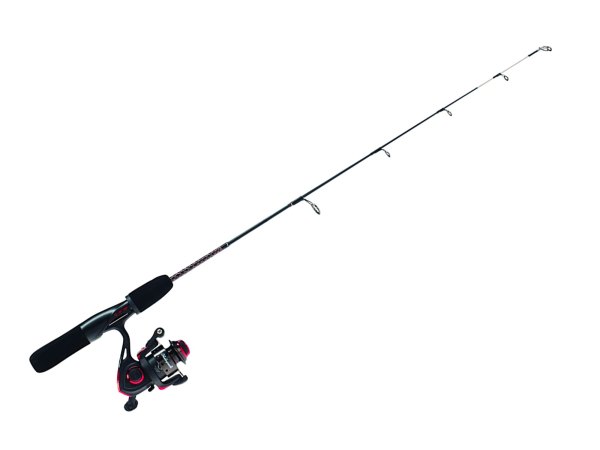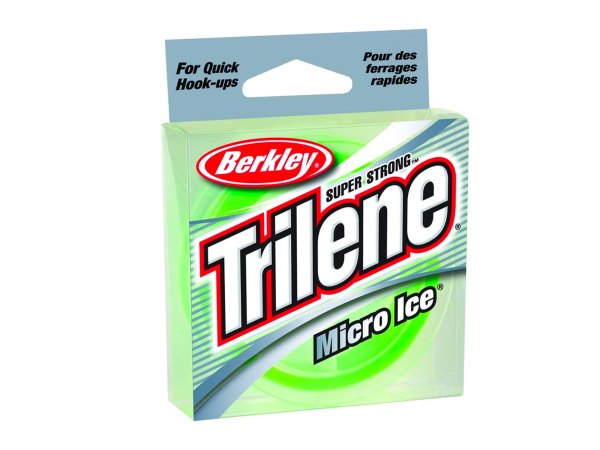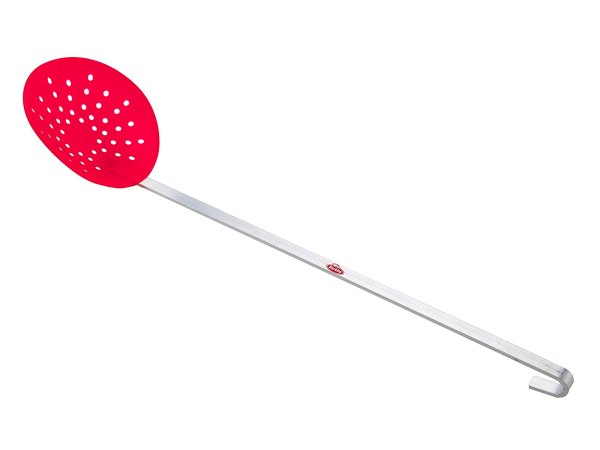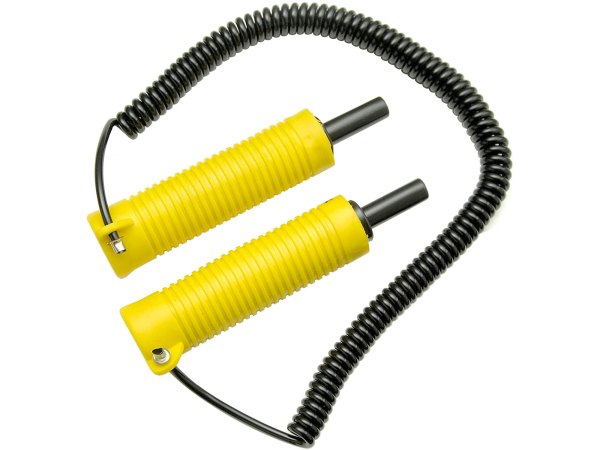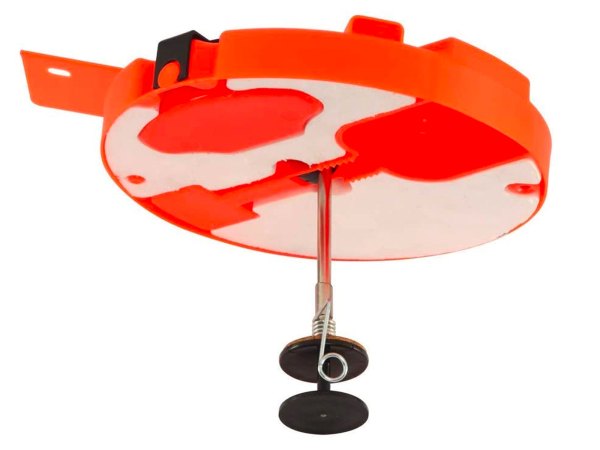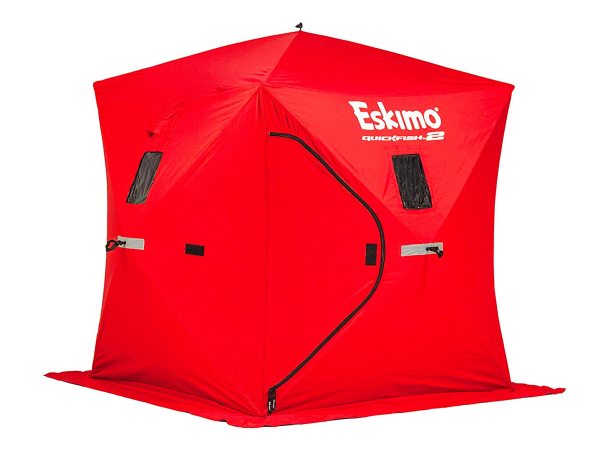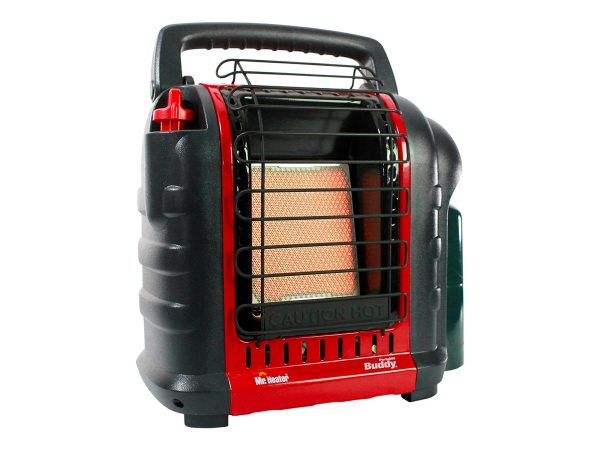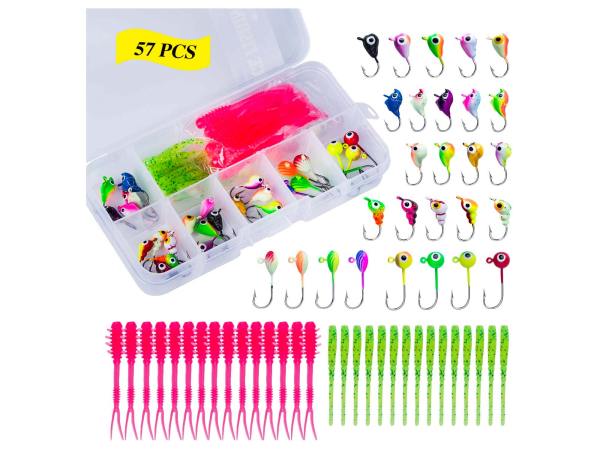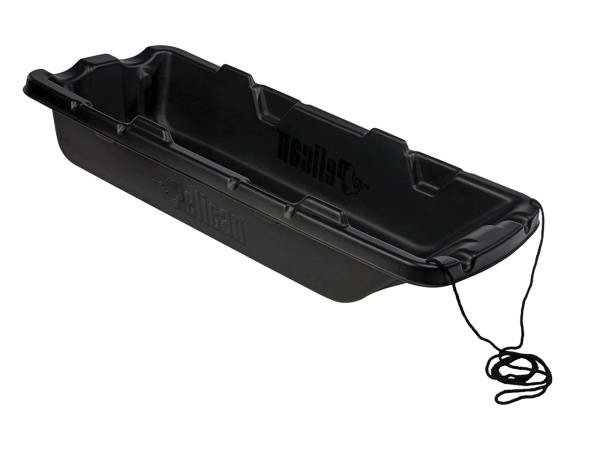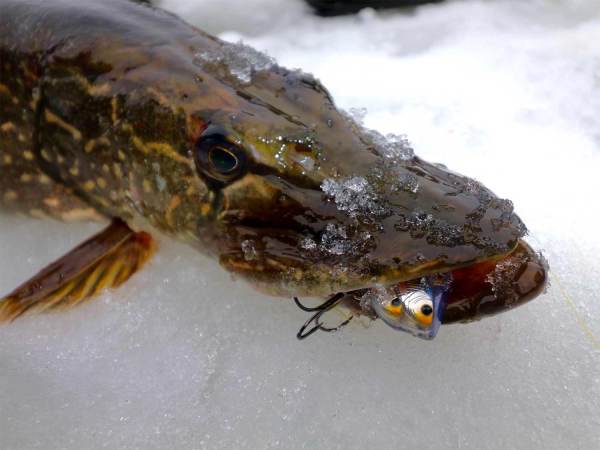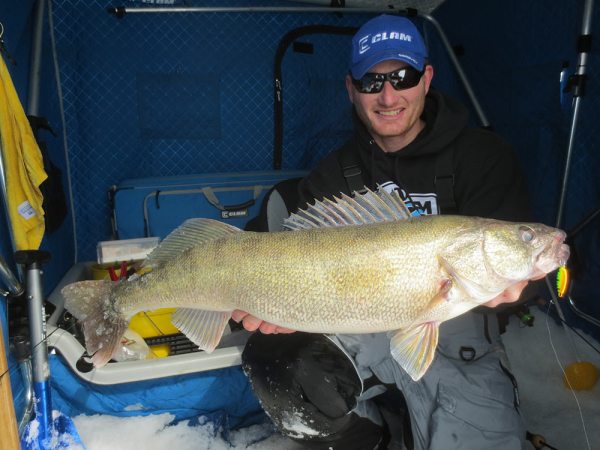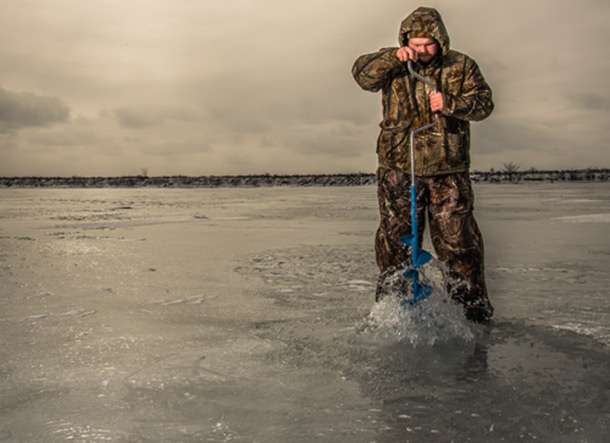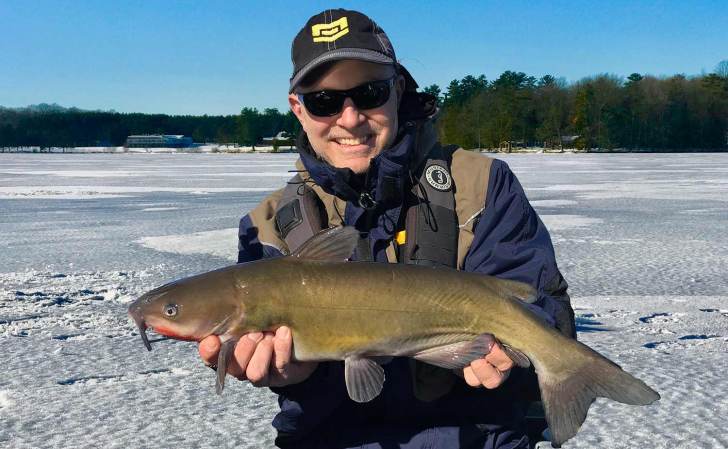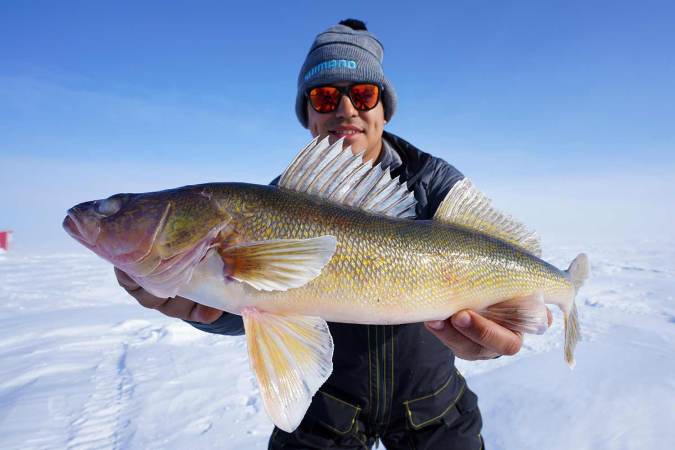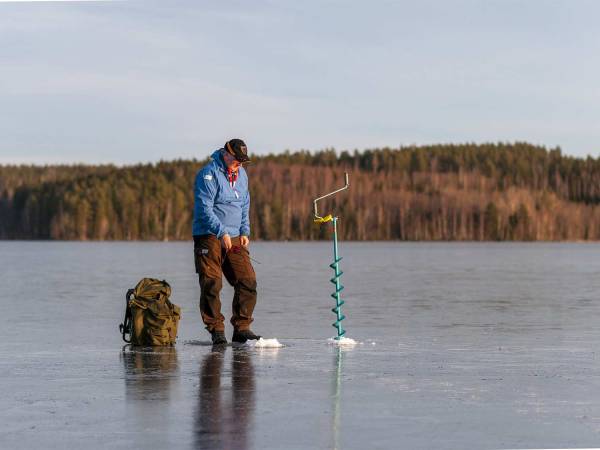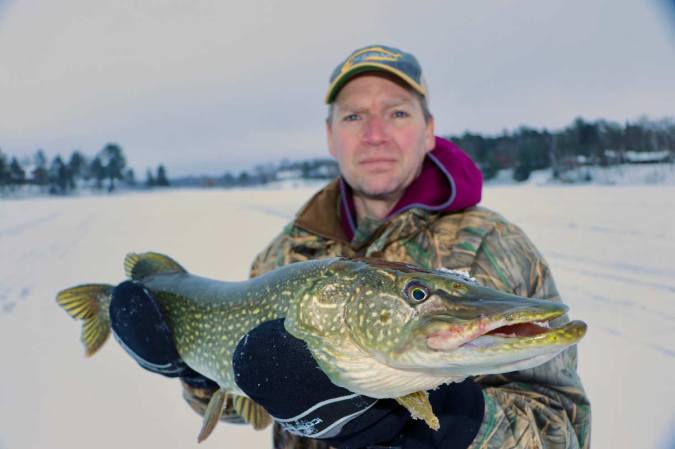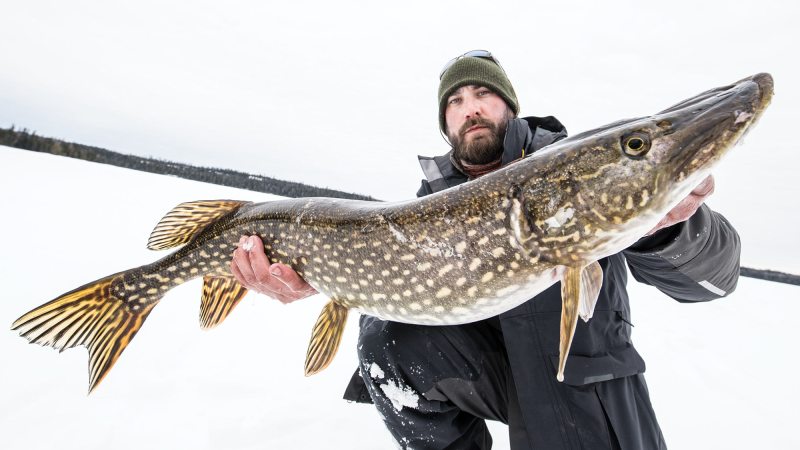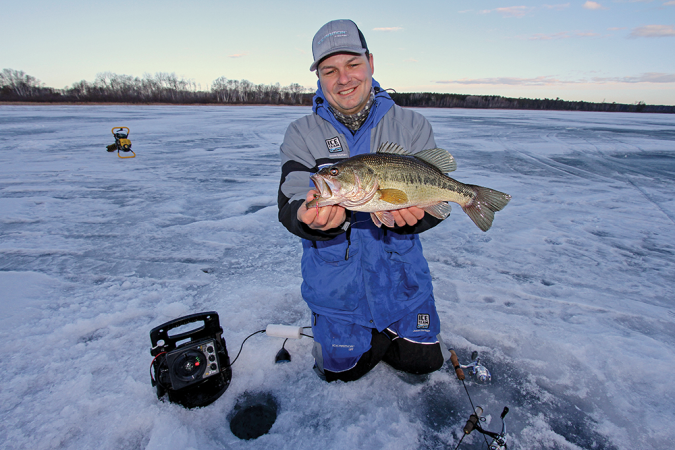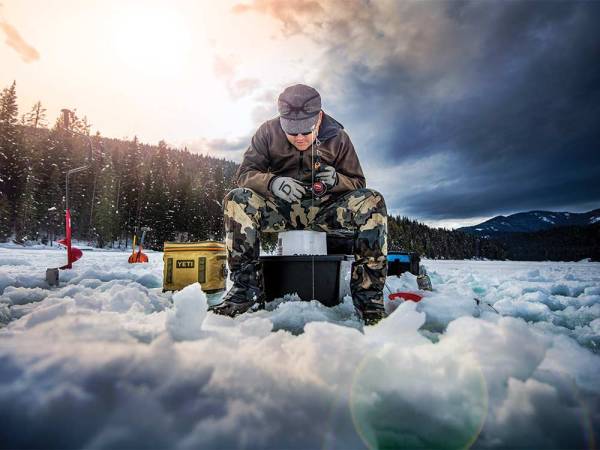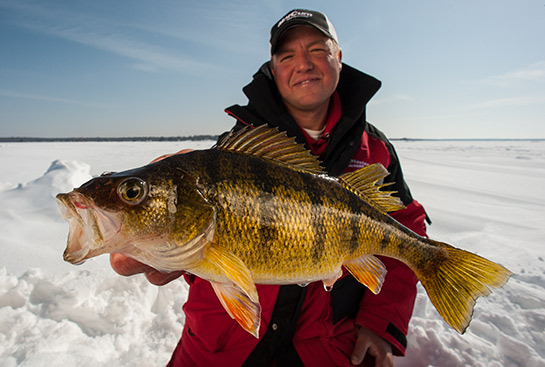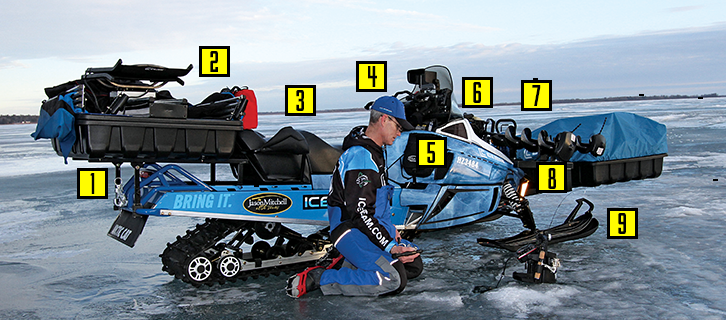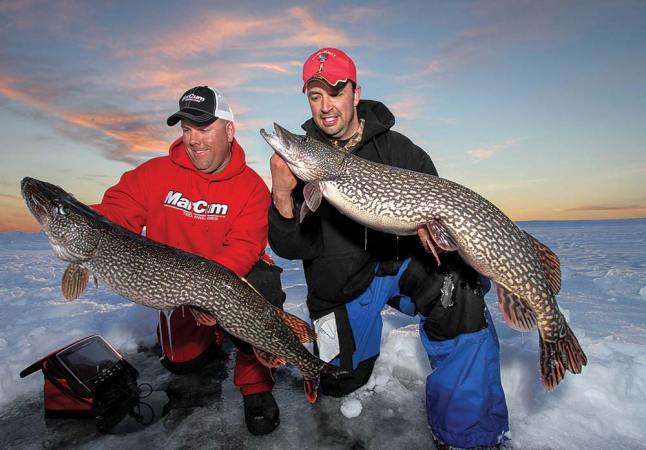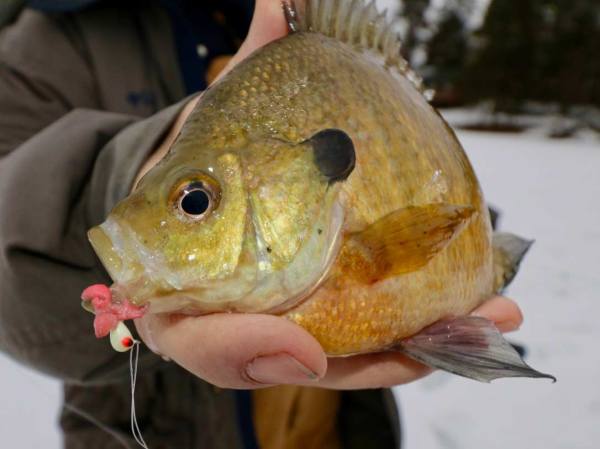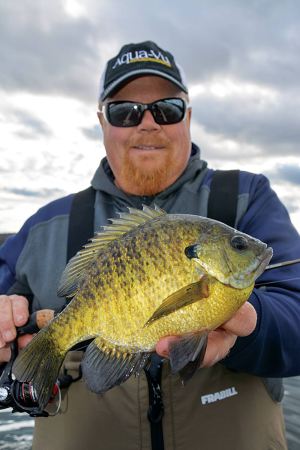We may earn revenue from the products available on this page and participate in affiliate programs. Learn More ›
In this age of social distancing and pandemic-fueled restrictions on our lives, many of us are having to seek out new entertainment, hobbies, and other ways to maintain our sanity. For many in colder climates, winter brings even more challenges. Outdoor activities are some of the best and safest things to do to help pass a long, potentially isolated winter.
For some, ice fishing is a tradition. If that’s you, you likely have the situation well-in-hand, but many people who would like to try ice fishing don’t have any idea where to start. It may not seem like standing on the ice holding a fishing rod and staring at a little hole would be much fun, but when you’re set up with what you need, and get the hang of it, it’s a great winter activity for any skill level. If you’re new to ice fishing, the most important thing above all else, is safety. Ice conditions can vary greatly depending on the area, weather, and the particular body of water. For example, in February, a lake here in interior Alaska will often have ice that is 3 to 5 feet thick. A river next to that lake may have dangerously thin ice in spots. Knowing how to be safe on the ice is critical, and fortunately there are some good resources out there to use, along with local guidelines from your state wildlife agency. Some public waters are monitored closely and ice conditions are posted at the site.
You don’t need much gear to get started. Just like any sport or outdoor activity, there is plenty of specialized equipment available, but to get started, you just need a few basic items. You need something to cut a hole in the ice, and tackle to fish with.
There are a myriad of options when it comes to ice fishing gear and equipment, and if you’re in an area where ice fishing is popular, you can probably find great deals on used equipment. To give you an idea of what to look for, here’s a list of ice fishing gear to get you started.
Eskimo 6-inch Dual-Blade Hand Auger
Arguably the most important tool for fishing hard water is something to get through the ice with. A hand-powered auger is a non-starter if you’re living where the ice is 3 or 4 feet thick, but for many places, it’s a labor-intensive, but effective and affordable auger. It works just like it sounds, and you crank it by hand to drill down through the ice. In general, you’ll see augers in different sizes up to 10″, but for the vast majority of folks, 6″ will work just fine and take less effort do drill your holes. In some areas, when ice is thin enough, folks will sometimes use chainsaws or ice saws to cut square holes in the ice, and it works, but you do have to keep in mind the potential safety hazards of cutting larger holes in the ice for you and other users. For a beginner, just stick with an auger. MSRP: $40
Nordic Legend E-Drill Unit- Cordless Nylon Ice Auger w/ Centering Point
There is a good reason that most folks who ice fish for very long get themselves a powered auger to drill holes. Using a hand auger works, but it’s labor-intensive and time-consuming. Gas, propane, and electric augers are great, but can also be very expensive. This nylon/aluminum drilling auger allows you to use most 18-20v cordless drills as the motor, which is especially handy if that’s something you already have. They’ll drill through 3 feet of ice, are surprisingly durable, and much lighter weight than steel augers, allowing more of the power of the drill to be transferred to the stainless cutting blades (the nylon screw only being used to pump shavings out of the hole). They are available in 6″ and 8″ sizes, and can be a great option for someone who doesn’t want to bog themselves down with a whole auger and motor setup. MSRP: $156
Shakespeare Ugly Stik GX2 Ice Fishing Rod and Reel Combo
After getting through the ice, you can get to fishing. To be honest, a rod often isn’t even really necessary, and lots of folks use different methods to hand-fish, or hold and pull the line back in by-hand. You don’t need to cast, you’re just dropping your bait or jig straight down the hole. However, short ice-fishing specific rods are very popular, and pretty affordable. You can obviously just use the bottom end of your spinning rod or your kid’s barbie pole, but these Ugly Stik setups are pretty durable, affordable, and give a nice action. Unless you’re fishing for giant lake trout or pike, you don’t need anything crazy. MSRP: $30
Berkley Trilene Micro Ice Monofilament
If you’re setting up a reel for ice fishing, it’s not a bad idea to use lightweight, smaller diameter line like this ice fishing-specific Micro Ice from Berkley. There are lots of other great options out there as well, but thinner, lighter line is the key when you’re fishing small jigs for smaller fish like trout and panfish. Often, the monofilament that we use on our spinning rods and barbie poles isn’t necessarily rated stronger, but is thicker and will coil and slack up when using a lightweight jig. This makes feeling bites and getting good hook sets just a little tougher. It’s not a deal breaker, but if you’re changing line anyway, get something like this. MSRP: $7
Berkley Ice Fishing Scoop
One simple, but key piece of ice fishing gear is the scoop. This oversized, flattened out ladle with holes in it is what you use to scoop the slush out of your hole when you finish drilling, as well as to skim off ice that forms on the surface while you’re fishing. If you’re fishing light tackle like most ice fisherman, too much slush will make it tougher to feel bites, if you can even get your jig to sink down through the hole. You can most certainly make your own, but they aren’t expensive, and you need one. One handy tip is to attach a short piece of line with something that will keep it floating to the end of the handle. I have no idea how many ice scoops are sitting at the bottom of lakes, but I’d venture to guess, a lot. MSRP: $7
Frabill Ice Picks
Ice picks are a safety item that just about anyone should have on them when traveling or fishing on unknown or possibly suspect ice. Trappers here in Alaska used to carry screwdrivers in their pocket, or with holes drilled in the handle, linked with a piece of line, hung over their neck and down the sleeves of their parkas in case they fell through the ice. When you go through, having a set of picks already run down through each sleeve can allow you to get a grip on the surface of the ice and hopefully extract yourself from a watery grave. MSRP: $9
Frabill Pro Thermal Original Tipup
Another classic ice fishing tool is the tipup. You’ll also see many tipups made of wood, and these contraptions generally work in the same manner. You drop a baited hook down through the ice, the line coming off of a spool on the tipup. You set the depth, set the flag, and set the tipup over the hole. When a fish takes the bait and pulls hard enough, the flag goes up and you handline the fish up out of the hole. These are great for places that you can have multiple lines in the water at once, and this model is insulated and meant to cover the hole so that it won’t ice back over while you’re fishing. MSRP: $19
Eskimo Quickfish Pop-Up Portable Ice Shelter Series
Although somewhat of a luxury item to the budding hard water fisher, if you decide that ice fishing is for you, one of these popup shelters is often a worthy investment. They provide a convenient and great shelter from the cold, as well as a dark space, sometimes allowing you to see down the hole and watch fish hit your jig or bait. A major detraction from ice fishing is the thought of sitting over a hole freezing your butt off, but when you can fish in your jeans and bare hands, it’s much more appealing. You’ll also be able to keep your kids happy for much longer if they can stay warm and sheltered. There are several good brands and sizes available, so pick what works for you. MSRP: $140
Mr. Heater Buddy Propane Radiant Heater
If you decide to invest in a popup ice shelter, you’ll definitely want to pick up one of these radiant heaters. They are save to use in a shelter and will keep most shelters very comfortable even when temps dip down to -20 or -30F, which would be otherwise intolerable for fishing. MSRP: $73
Goture Ice Fishing Jigs Kit
Bait and jigs are another area where some avid ice fishermen go crazy, but to get started, a cheap, simple variety pack like this will usually work just fine. As far as actual bait like waxworms, fish, or even live bait, you’ll need to check local regulations, but if you can use real bait, use it. At a minimum, when allowed, you don’t really even need the jigs, just bait, bait hooks, and some sinkers will do the job. MSRP: $19
Pelican Trek 45 Multi-Purpose Utility Sled
Once you gather the gear you need, you’re usually going to want a convenient way to drag all that gear out onto the ice. Your kid’s sleds might work just fine, but sometimes you’ll need one with a bit more capacity. The more efficient and mobile you can make your gear setup, the more ice you can cover, and the more time you can enjoy fishing. Get a pull-behind sled that can fit everything you need, throw in a small cooler, a 5-gallon bucket, and you’ll be well on your way to becoming an old hand on the ice. MSRP: $65

